I’m sitting in my truck in a parking lot just off I-95 in Lewiston, Maine, awaiting the arrival of Ray Frechette, of Great Falls Boat Works, and his Core Sound 20. It’s a beautiful day—not a great deal of wind, it’s true, but the air is fresh after weeks of sticky humidity, and the sky is blue and full of the promise of an early fall. We are meeting here, before going down to the coast for an afternoon of sailing, because it is a mile or so from one of Ray’s garages, in which he has a Core Sound 17 that he wishes to show me; as he put it on the phone, “that way you’ll see the two boats and know that, really, they’re the same, just stretched.” I have seen pictures of the CS 20 on the designer’s web site, but when Ray pulls in off the road I am unprepared for the sweetness of her lines.I have never been too keen on hard-chined hulls, considering them to have a tendency to slab-sidedness and flat sheers—all well and good on a flat-bottomed rowing skiff, but on a sailing boat? For today, my bias turns out to be ill-conceived: the Core Sound 20 has a sweet sheer, a gentle-radius curved deck, and, with her hull painted cream with contrasting red bottom paint and dark green covestripe, is anything but slab-sided.Designed by Graham Byrnes, the Core Sound 17 was a development of his earlier Spindrift 10-footer and Bay River Skiff 17. The latter, inspired by the traditional work-ing skiffs of the Hatteras area in North Carolina, was conceived in the late 1980s as a “good utility boat that could be rowed, motored, and sailed. A boat that was rugged, yet not too heavy, and could be used for both line fishing and crab potting either commercially or for pleasure.... The bottom shape is a moderately shallow V form, with a shallow V running aft. This allowed very shallow draft without the inherent problems of flat-bottomed boats, such as pounding and poor directional stability.”
Join The Conversation
We welcome your comments about this article. If you’d like to include a photo or a video with your comment, please email the file or link.
Comments (2)
Leave a Reply
Stay On Course

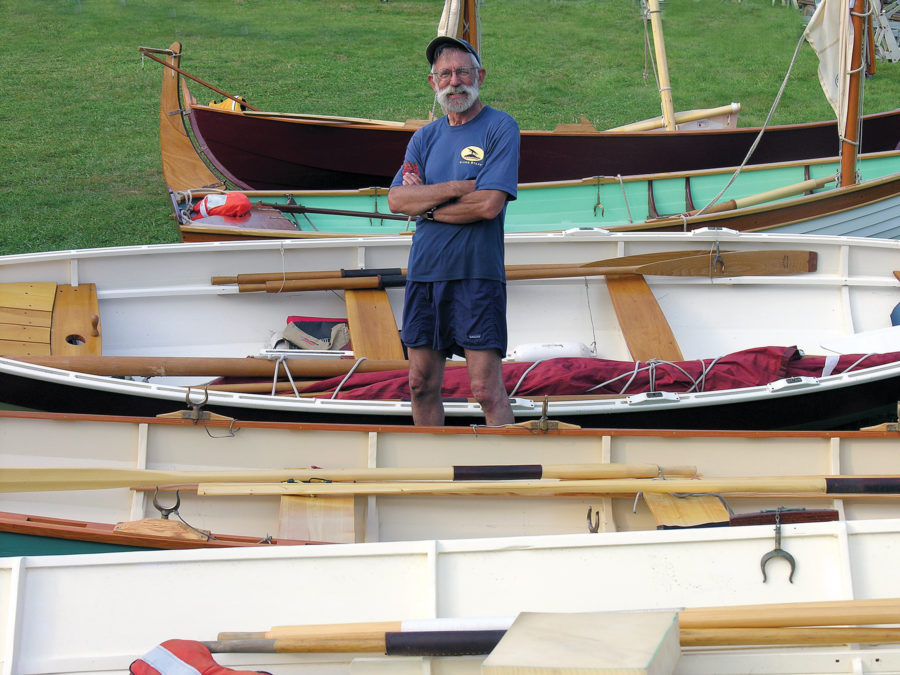
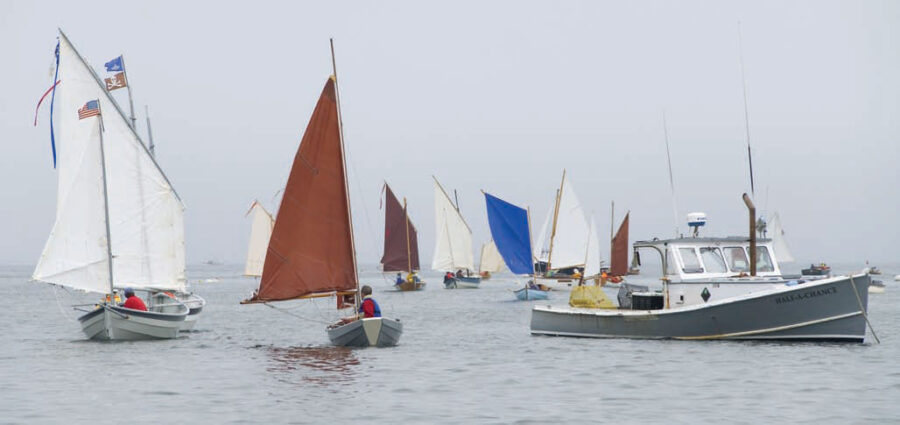
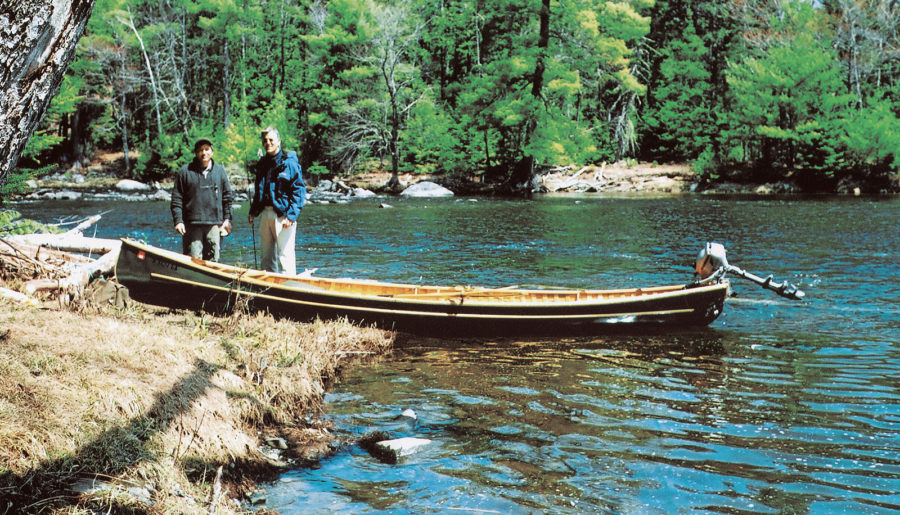
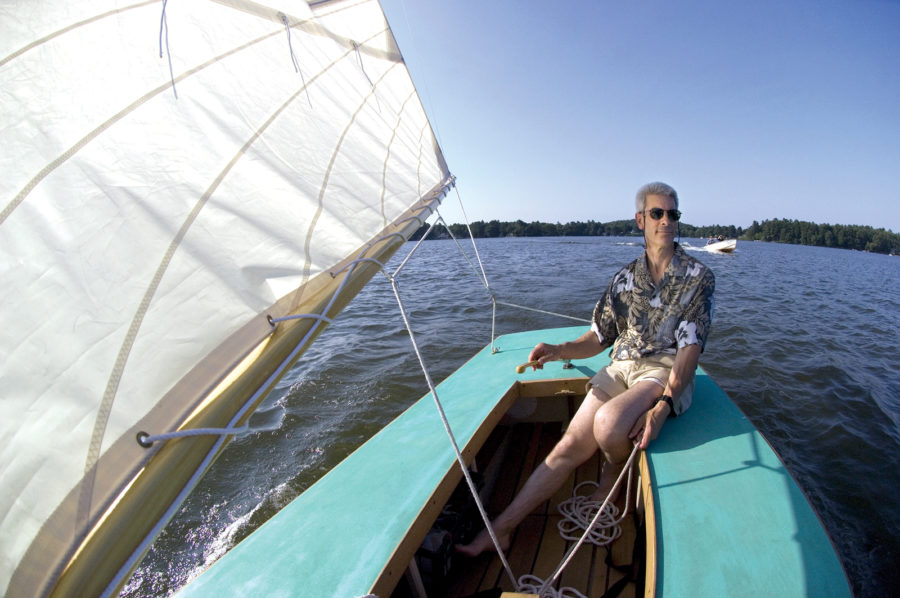
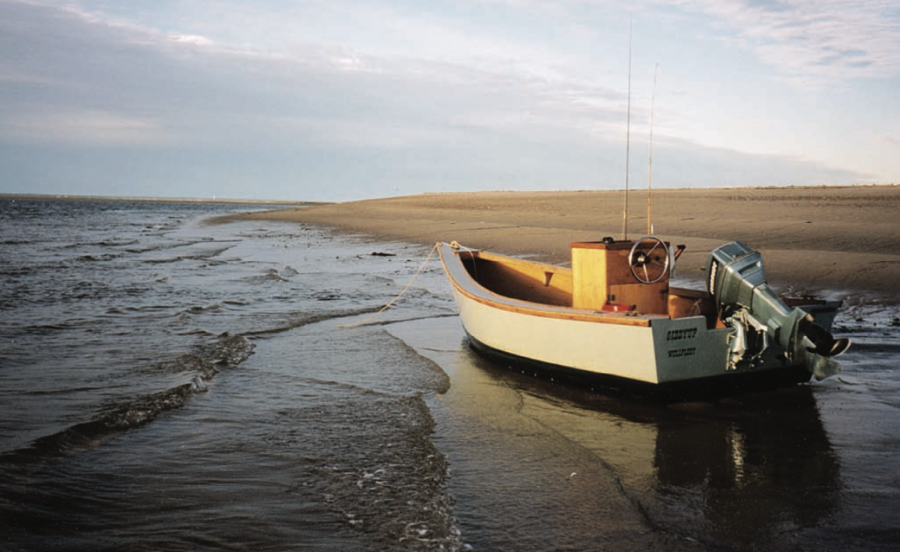
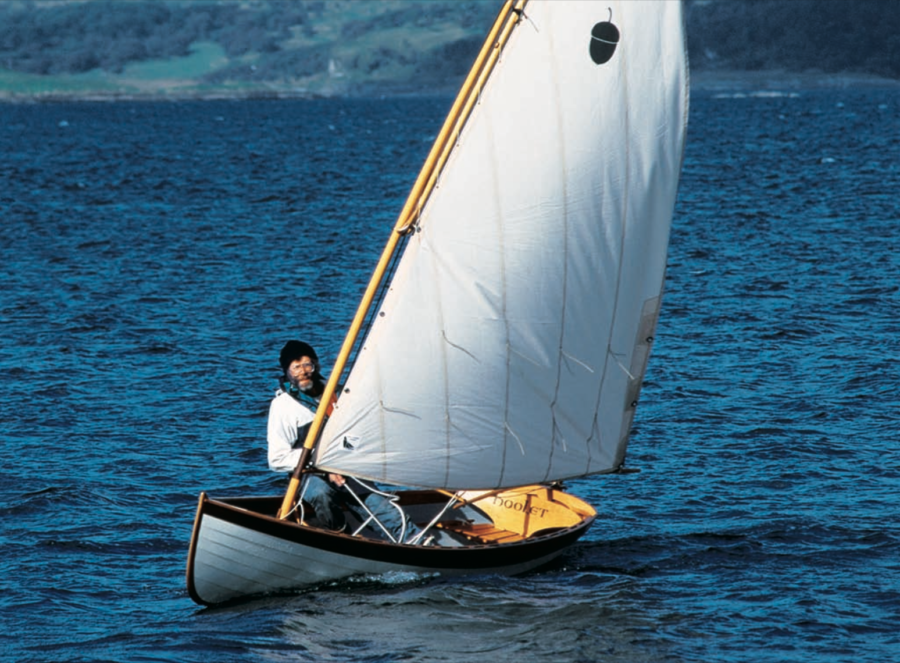
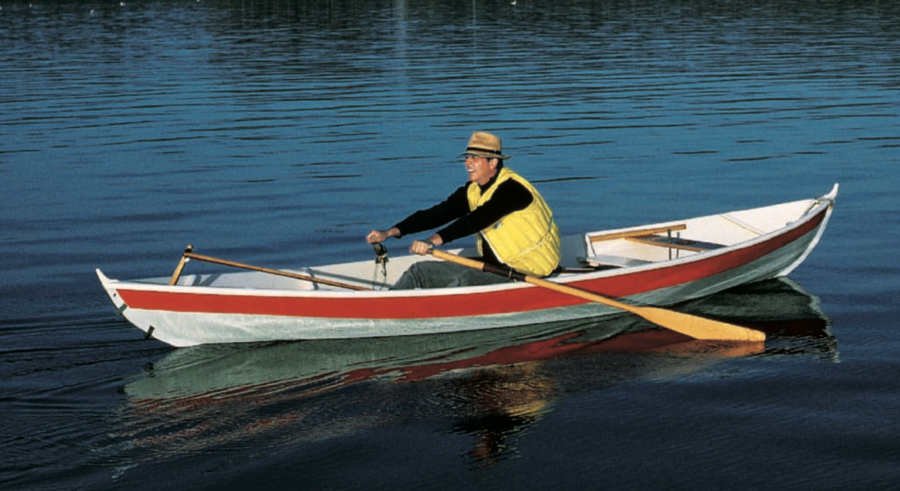
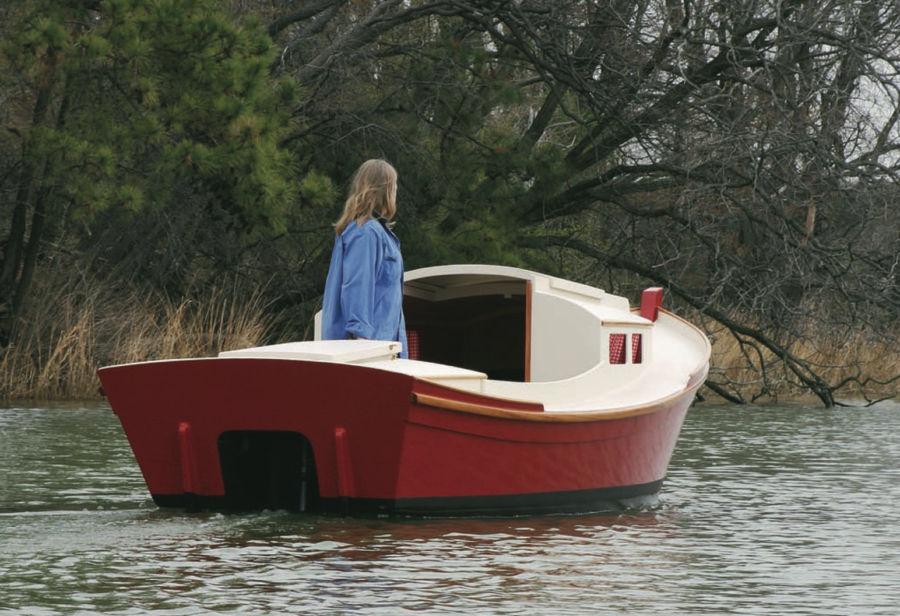
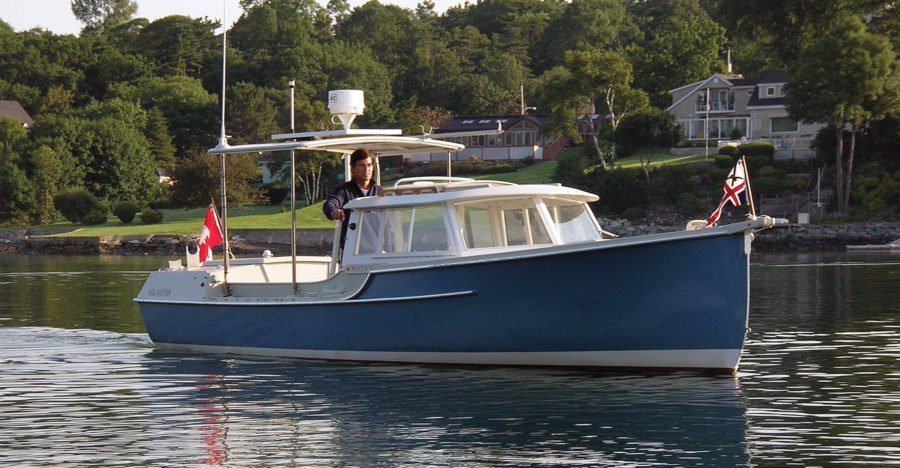
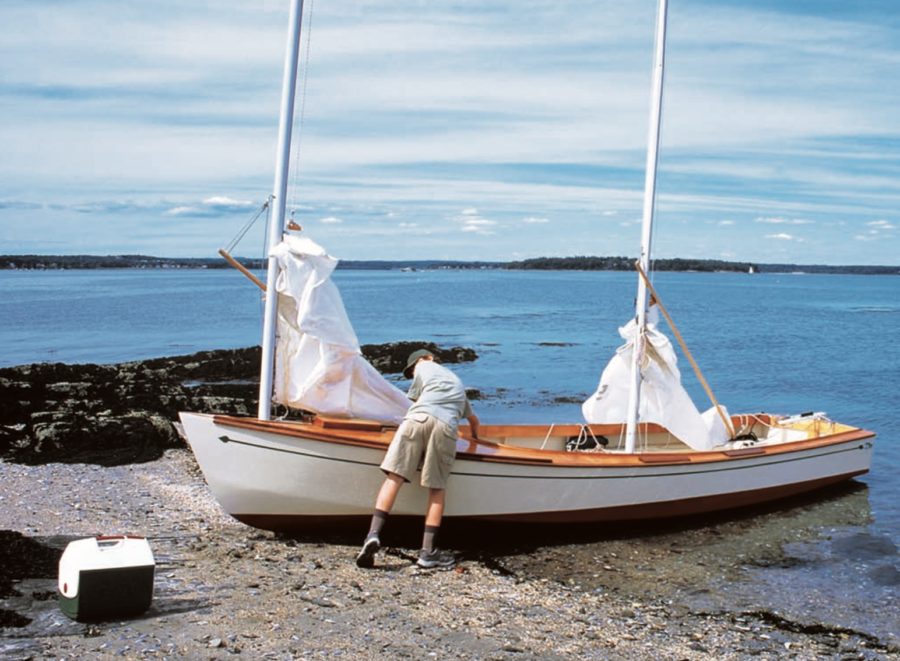
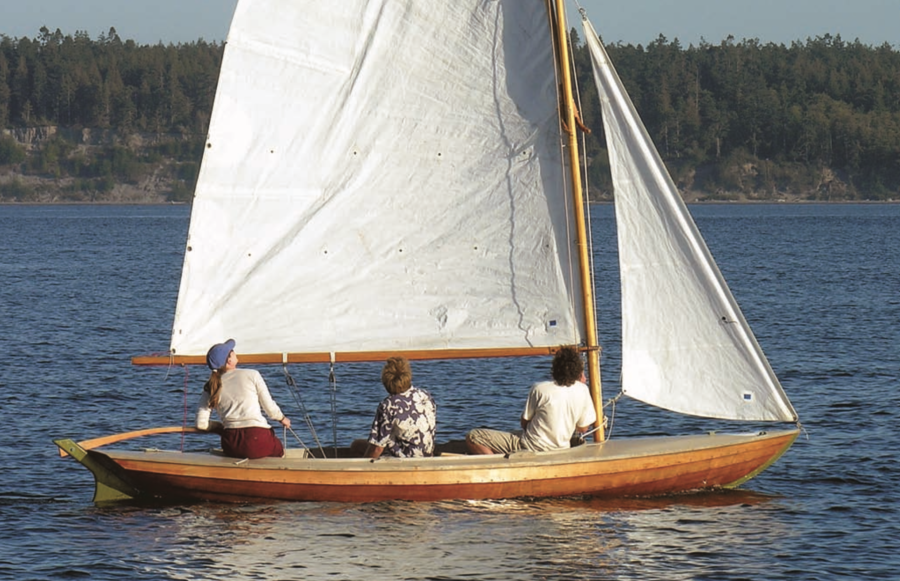
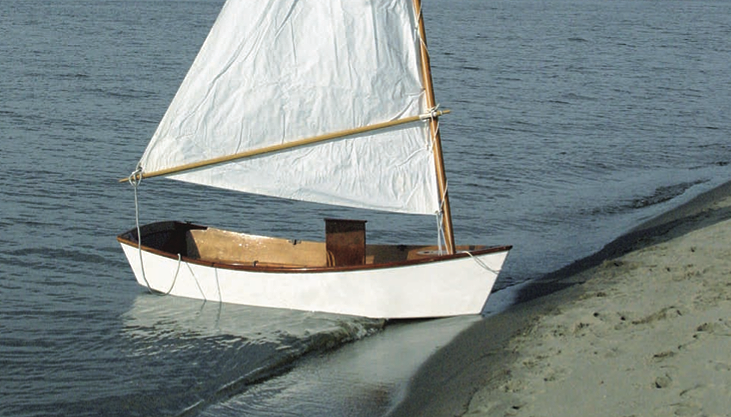
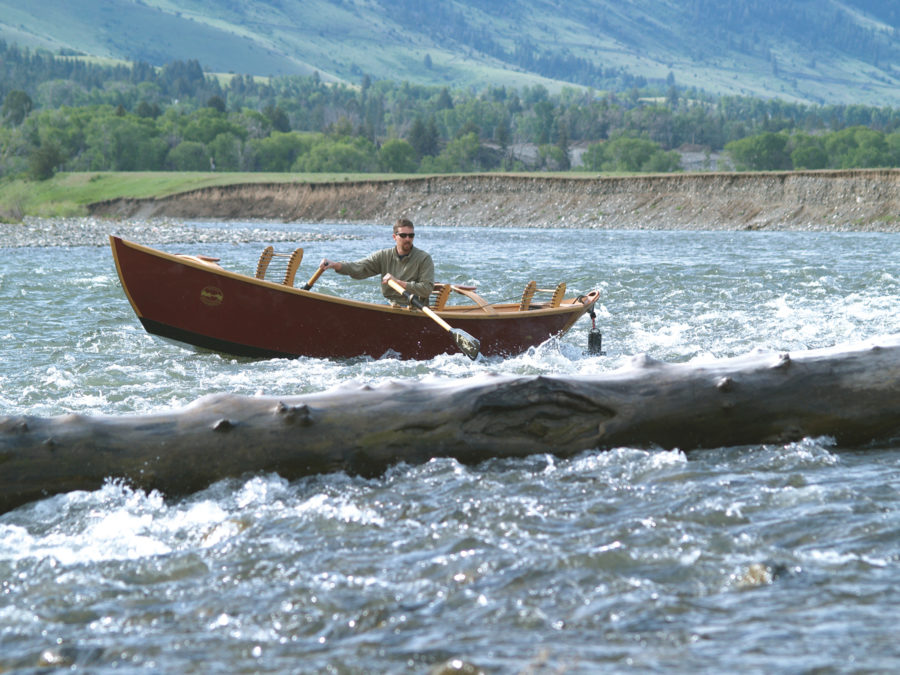
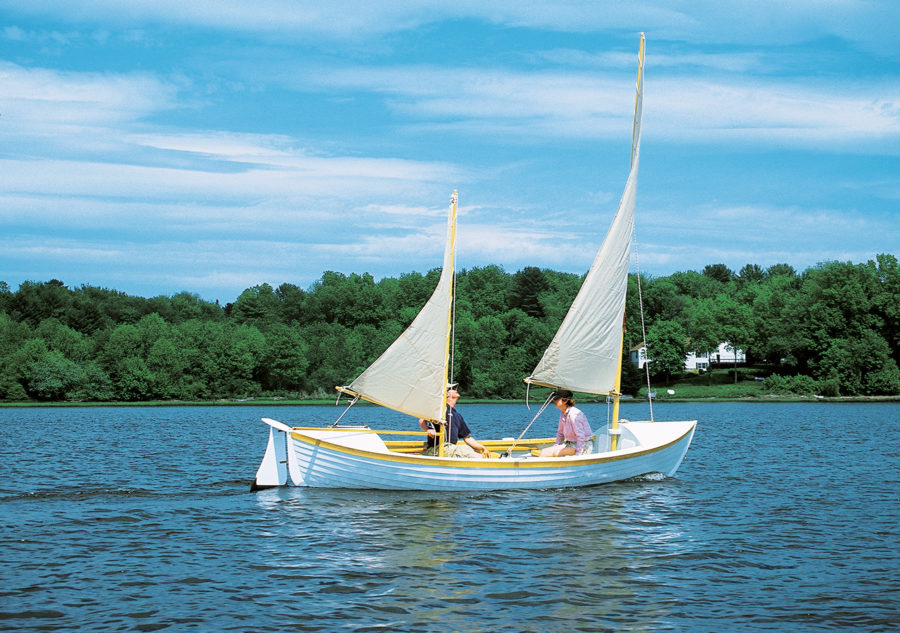
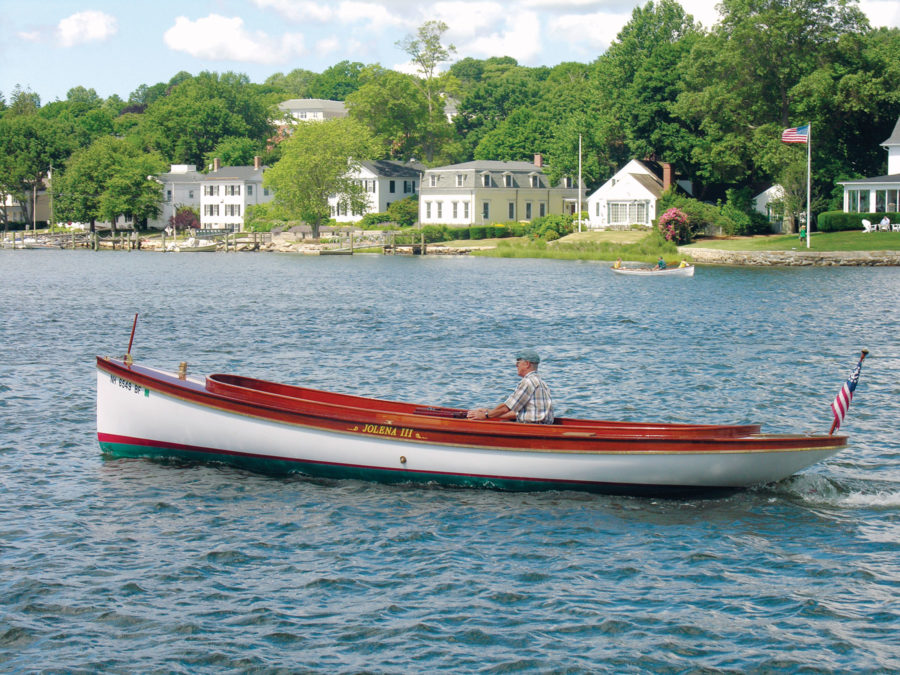
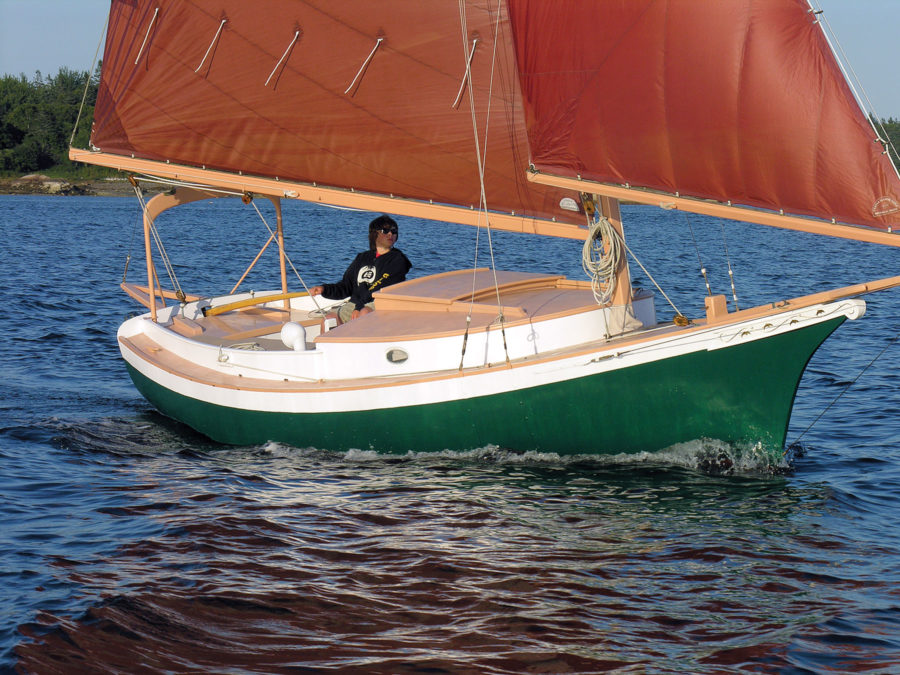
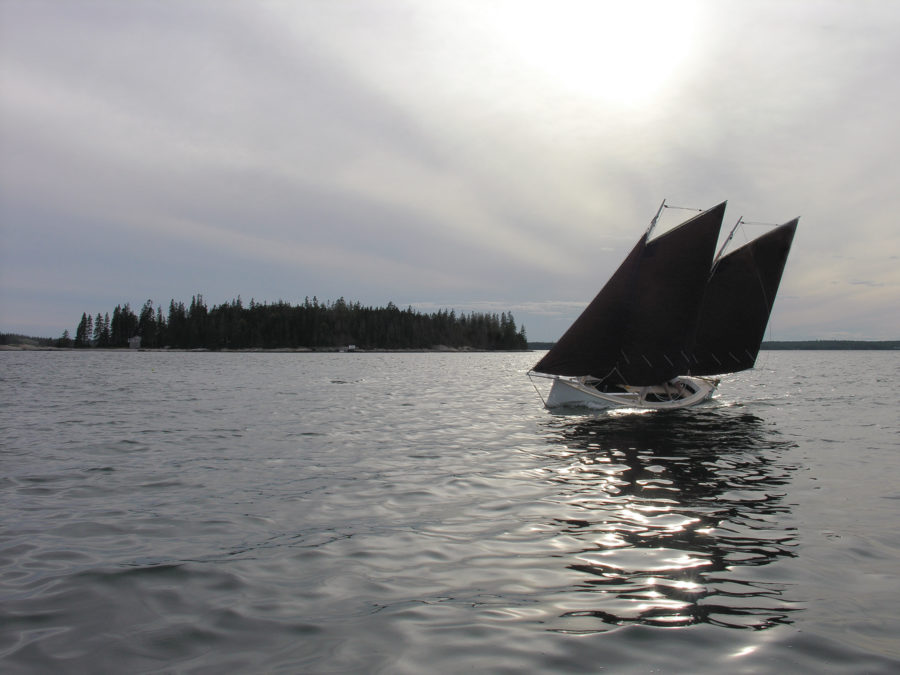
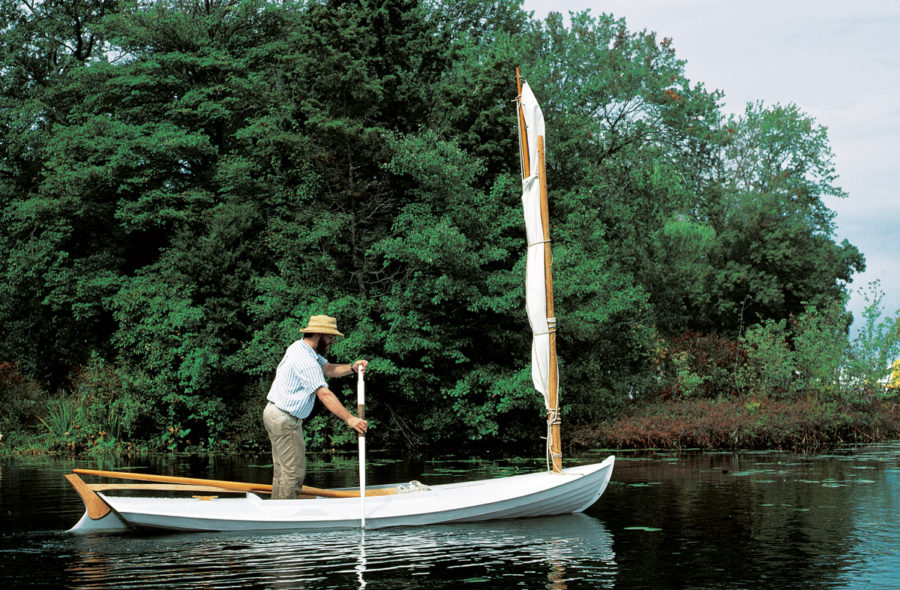
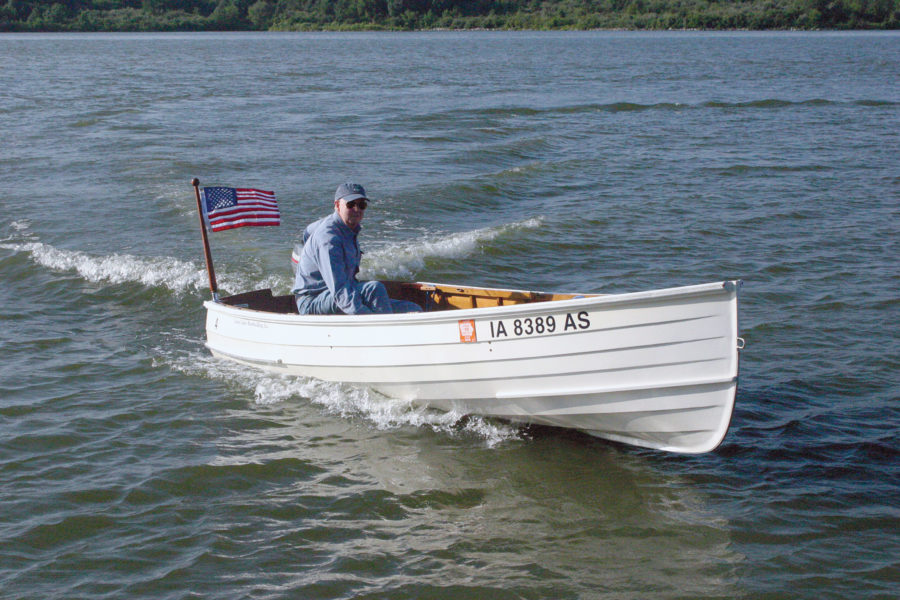
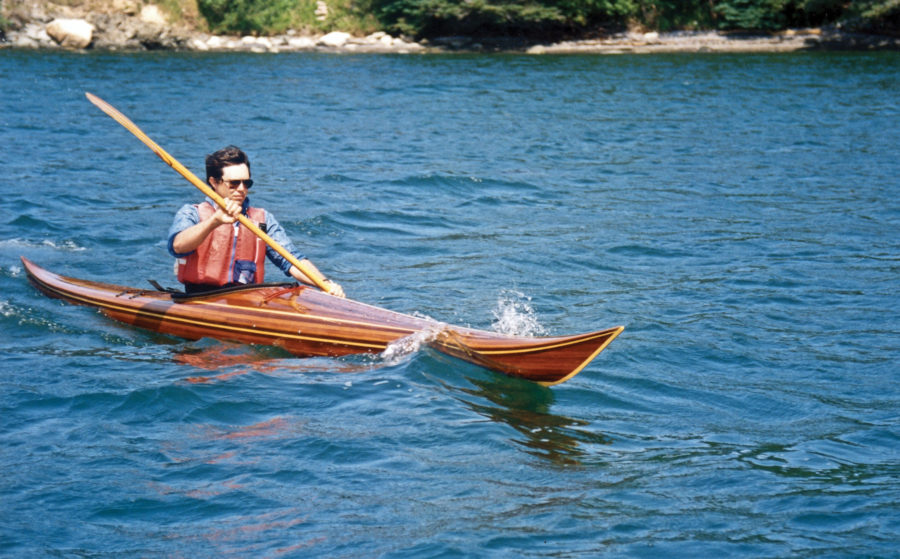
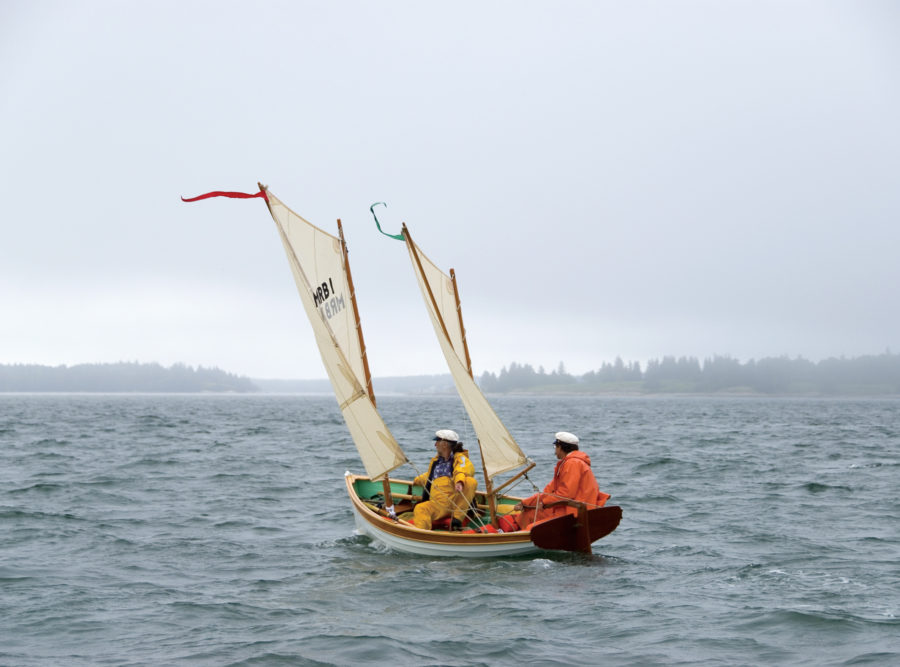
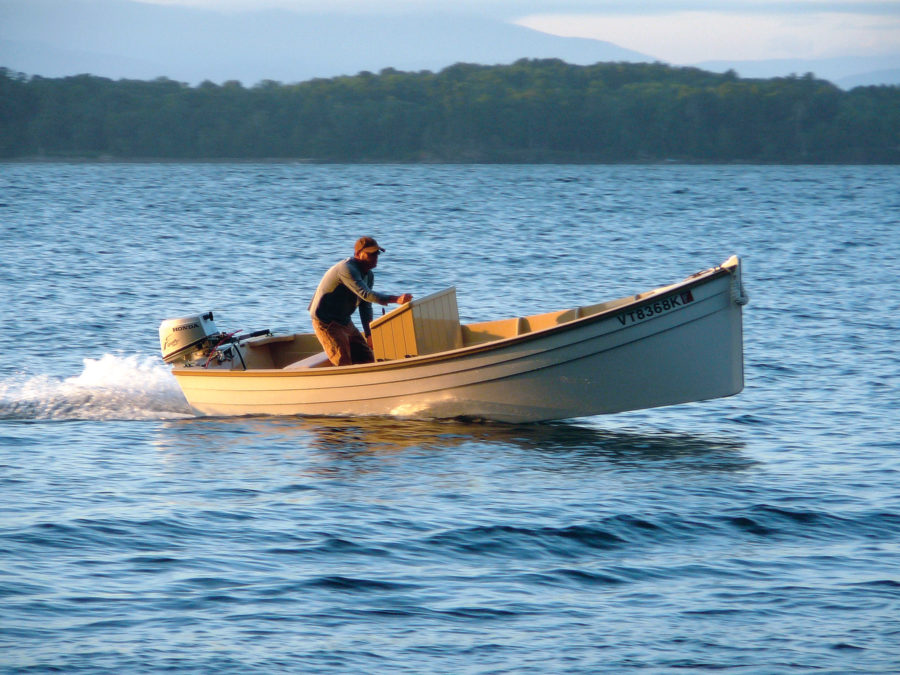
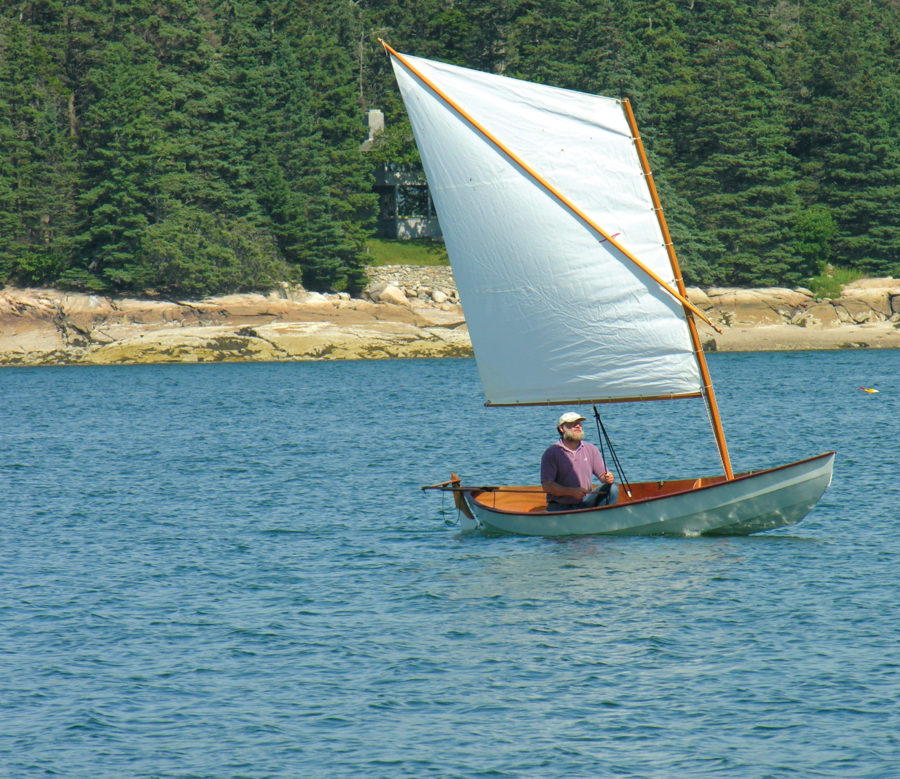
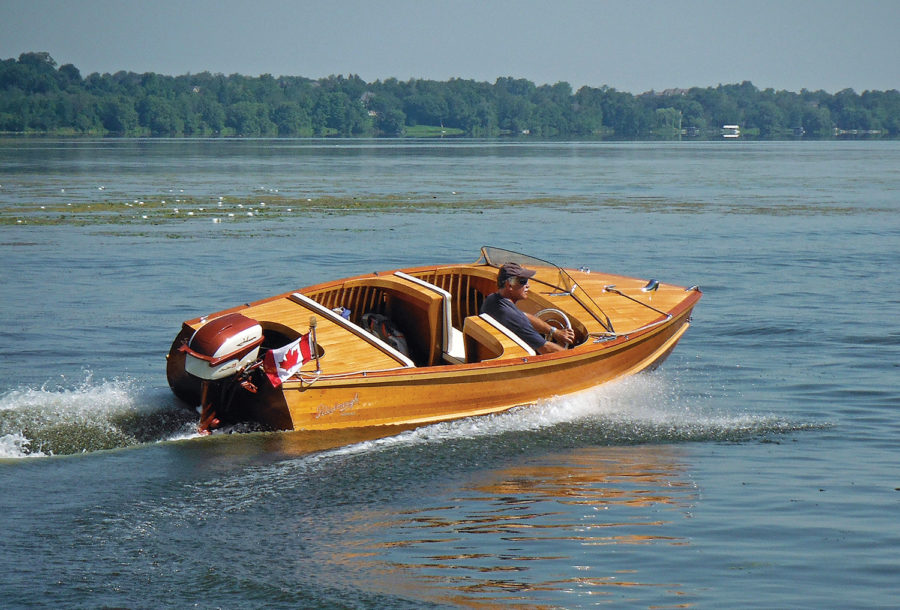
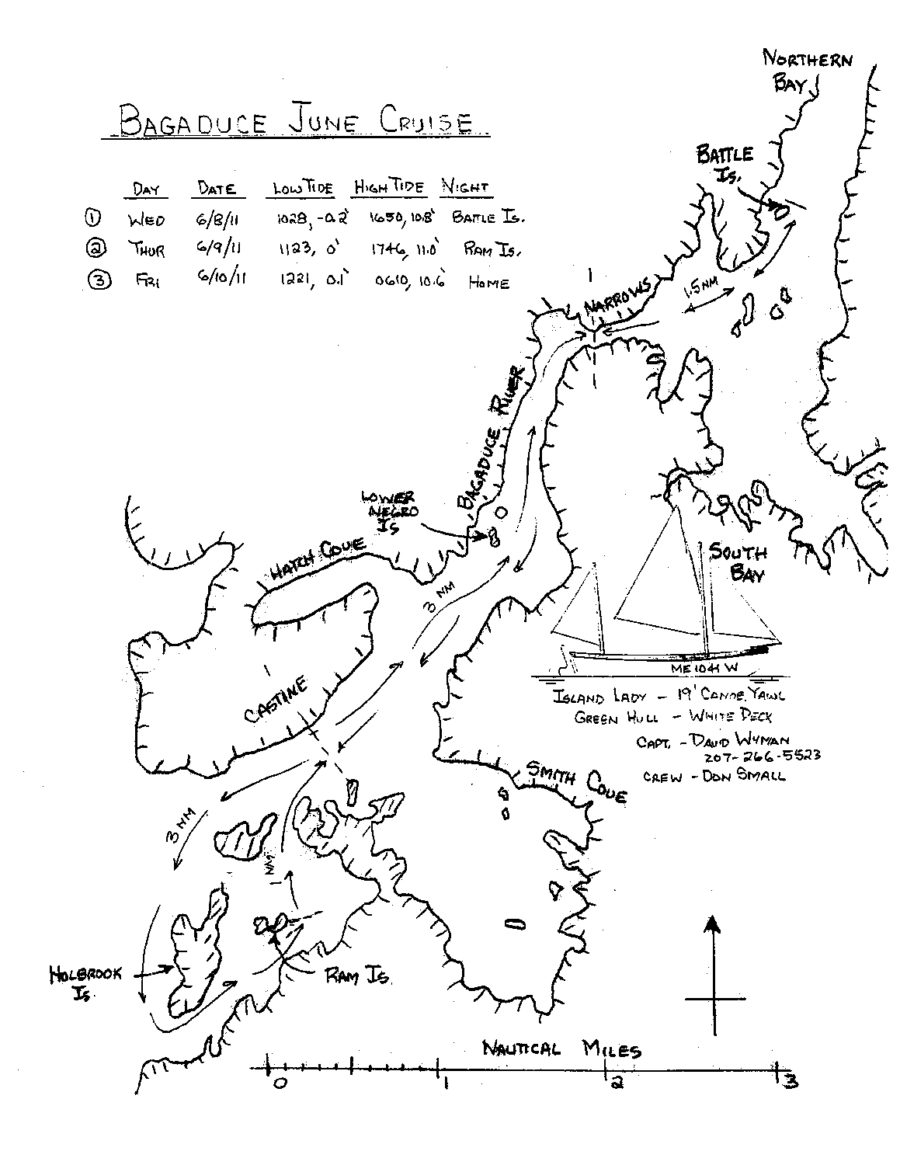
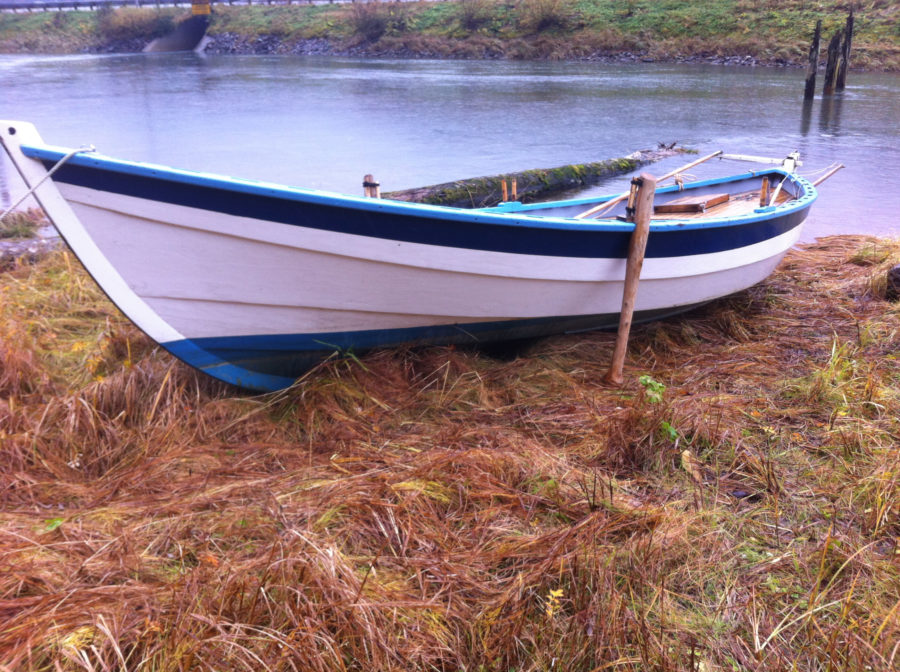
Now, in 2021 (about 13 years after the above article was written), according to their website there are at least five boats in the Core Sound Series– three open boats and two camp/cabin cruisers.
CS-15 Specs: LOA…15′-21⁄4” BEAM…5′-5” DRAFT…7″ – 2′-8″ @ DWL; SAIL Area…100 sq. ft. WEIGHT…300-350 lbs DISPLACEMENT…750 lbs (340 kg) @ DWL with people & gear
CS-17 Specs: LOA…17′ 0″ BEAM… 5′ 10″ DRAFT…7 1/2″ – 3′ 6″ SAIL AREA …119 sq. ft. HULL WEIGHT…350 – 400 lbs Sailing weight 1000 lbs @DWL
CS-20 Specs: LOA….20′ 0″ BEAM… 6′ 3″ DRAFT… 8″ – 3′ 9″ SAIL AREA ….155 sq. ft. BOAT WEIGHT…500 – 600 lbs SAILING WEIGHT 1300 lbs @DWL
CS-17 Mark 3 (w cabin): LOA…17′-0″ BEAM…5′-101⁄2” DRAFT…8″ to 2′-10″ @ DWL; SAIL Area…141 sq. ft. WEIGHT…600-650 lbs WATER BALLAST… 300lbs DISPLACEMENT…1300 lbs @ DWL w people, water ballast, and gear
CS-20 Mark 3 (w cabin): CS-20 Mk3 Specs: LOA…20′-0″ BEAM…6′-4 1/2” DRAFT…9″ – 3′-11 3⁄16″ @ DWL SAIL Area…180 sq. ft. WEIGHT…650-700 lbs DISPLACEMENT…1500 lbs @ DWL
Water Ballast….430lbs
I believe all the boats in this series have convex (tortured plywood) forward sections, and cat-ketch rigged sails.
I’ve loved these boats since I first saw them.
The website is a little rough right now, but maybe as COVID eases up, the website will again be better organized and updated. The URL is: https://bandbyachtdesigns.com/ then look under sailboats, click on Core Sound Series, then click on the specific model. The website and the YouTube channel also provide loads of information on design, construction, technics, etc., and B&BYachts can provide also everything needed to construct these and other boats.
Beautiful boat, and your description of the sailing characteristics convinced me. I have talked with B&B about a kit; they can be ready in 4-6 weeks. Since I don’t have time to build it, I just have to find a builder– preferably west of the Rockies.